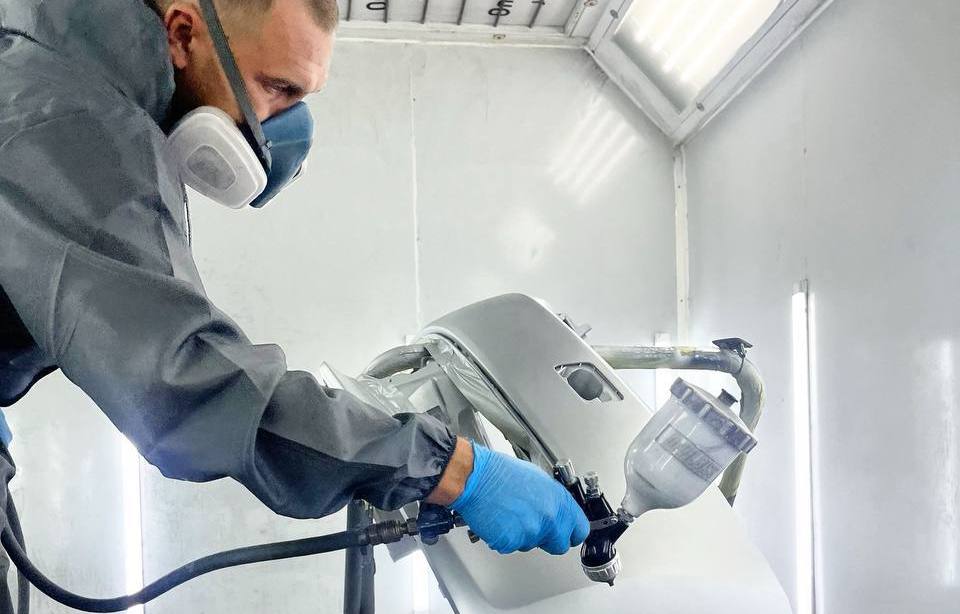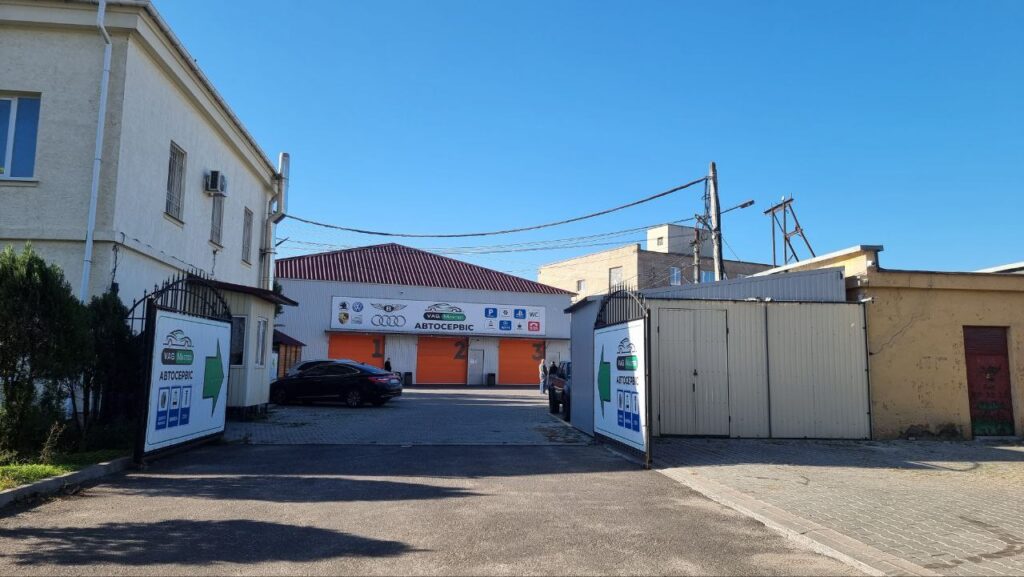Owners of turbocharged vehicles know that this component provides boost and boosts engine power. However, the presence of a turbine in a car requires owners to take a more serious approach to maintenance, as malfunctions can occur in the turbine, such as overboosting and underboosting.
What is turbine overflow?
Turbine overblowing is a situation when the boost in the turbine exceeds the allowable level. As a result, the air mixture is not fully compressed and the mixed fuel does not burn completely in the cylinders. This leads to uneven piston movement, as well as increased pressure in the combustion chamber. As a result of such processes, engine breakdowns can occur.
What is the risk of overcharging a turbine?
Turbine overflow is a serious problem for a car engine. This causes the engine to overheat and increase the temperature in the combustion chamber. In addition, overheating the turbine can cause loss of power, and in some cases, damage to the turbine and engine. Signs of over-inflation may include a deterioration in vehicle dynamics, the appearance of smoke from the exhaust pipe, and the constant flashing of the check-engin indicator.
Consequences of underblowing
Turbine underblowing is a situation where the boost in the turbine is below an acceptable level. This leads to a lack of air mixture in the cylinders, which in turn leads to a decrease in engine power. In the event of under-inflation, difficulties can occur when accelerating the car, deterioration in dynamics and increased fuel consumption. As a result of such processes, it may be necessary to repair the engine.
Causes and dangers of overblowing
One of the main causes of overcharging is a malfunction of the boost control valve, which controls the boost pressure in the turbine. In addition, overblowing can be caused by turbine failure, such as worn compressor blades or corrosion of the turbine casing.
Serious engine damage can occur when the turbine is over-inflated, for example due to overheating or overpressure in the combustion chamber. Therefore, car owners need to monitor the condition of the turbine and troubleshoot in a timely manner.
How to Avoid Turbine Breakdowns?
To avoid problems with the turbine and to detect malfunctions in a timely manner, it is necessary to regularly service the car. As part of this service, it is necessary to check the operation of the boost control valve, as well as the condition of the turbine. It is also recommended to change the oil and filters in accordance with the manufacturer’s recommendations.
If the owner of the car has noticed signs of overblowing or underblowing of the turbine, it is necessary to contact specialists to diagnose and fix the problem. When diagnosing a turbine, specialized devices can be used, for example, computer diagnostics or bench tests.
How Are Turbines Repaired?
Turbine repair may include various works, depending on the cause of the malfunction. If the cause of the failure is the wear of the compressor blades or corrosion of the turbine housing, these parts must be replaced. Work may also be required to replace sealing elements, restore surfaces, etc.
If the turbine is severely damaged, it may need to be completely replaced. In this case, it is necessary to select a new turbine in accordance with the parameters of the car and install it instead of the old one.
Conclusion
Turbo overboosting and underboosting are serious problems that can lead to serious engine damage and increased repair costs. Therefore, car owners need to monitor the condition of the turbine, undergo regular maintenance and timely troubleshoot. If you notice signs of over- or under-inflation of the turbine, contact a specialist to diagnose and fix the problem.
We hope that this material was useful for you and helped you understand the issue of overblowing and underblowing the turbine. Remember that timely maintenance and troubleshooting will help keep your car in good condition and extend its life.




































 Request a Call
Request a Call  Plot Route
Plot Route  Reviews on Google
Reviews on Google 
